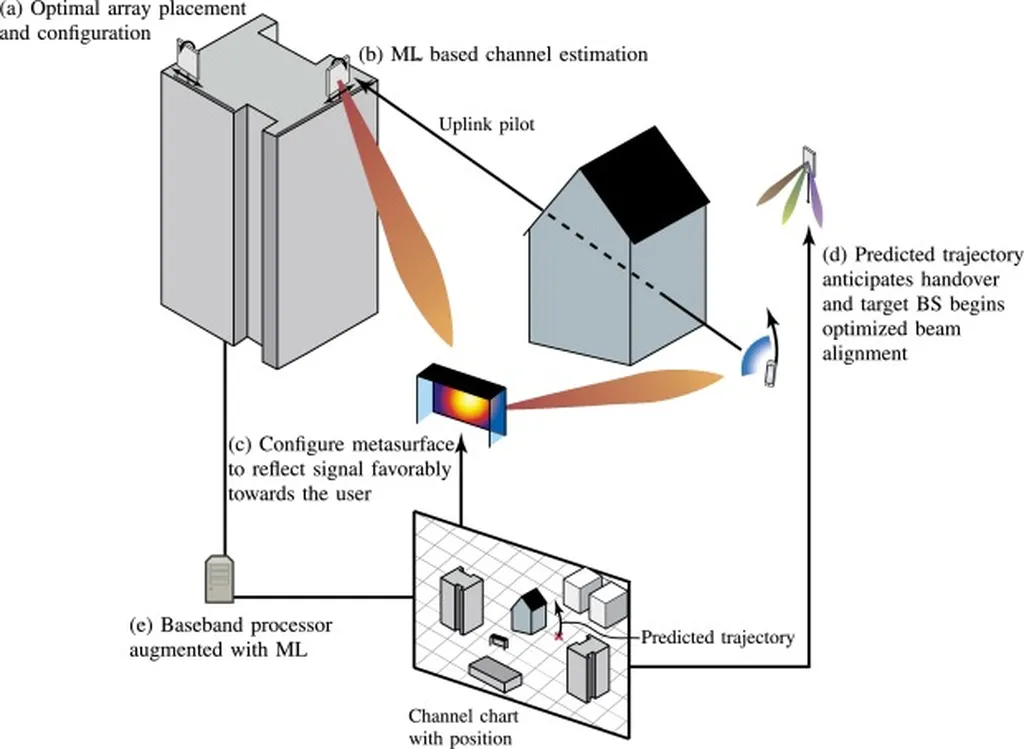In the rapidly evolving landscape of modern communication systems, the ability to intercept and classify signals has become a critical capability for both civil and military applications. Researchers have recently turned their attention to developing blind algorithms for multiple-input multiple-output (MIMO) signals interception, a technology that promises to revolutionize secure communications and electronic warfare. Central to this process is the modulation classification (MC) of MIMO signals, a task that can be approached through either feature-based or likelihood-based methods. A new study, led by Mohammad Rida Bahloul, Mohd Zuki Yusoff, Abdel-Haleem Abdel-Aty, and M Naufal M Saad, introduces an innovative likelihood-based MC algorithm designed to overcome the limitations of existing approaches.
The study addresses a significant challenge in MIMO signal interception: the accurate identification of modulation types without prior knowledge of the transmitted signals. Traditional likelihood-based MC algorithms often struggle with complexity and performance issues, particularly in dynamic and noisy environments. To tackle these problems, the researchers formulated the MC problem as an optimization task, focusing on maximizing a global likelihood function. This function is constructed by combining the likelihood functions of the estimated transmitted signals, a method that enhances both accuracy and robustness.
A key innovation in the proposed algorithm is the use of Minimum Mean Square Error (MMSE) filtering. This technique effectively separates the MIMO channel into multiple sub-channels, simplifying the signal processing and improving the overall efficiency of the interception system. By leveraging MMSE filtering, the algorithm achieves a more precise estimation of the transmitted signals, which is crucial for accurate modulation classification.
The researchers conducted extensive simulations to evaluate the performance of their algorithm under various operating conditions. The results demonstrated that the proposed method performs exceptionally well, often approaching the theoretical upper bound of performance. This indicates that the algorithm is not only effective but also efficient, striking a balance between complexity and accuracy. Such capabilities are essential for real-world applications, where communication environments can be unpredictable and demanding.
The implications of this research extend beyond theoretical advancements. In the defence sector, the ability to accurately intercept and classify MIMO signals can provide a strategic edge in electronic warfare and secure communications. For civil applications, it can enhance the reliability and security of modern communication networks, ensuring robust data transmission in diverse and challenging environments.
The development of this new likelihood-based MC algorithm represents a significant step forward in the field of signal processing. By addressing the limitations of existing methods and introducing innovative techniques, the researchers have paved the way for more effective and efficient MIMO signal interception. As communication technologies continue to evolve, such advancements will be crucial in maintaining the security and integrity of both military and civilian networks. The study not only highlights the potential of MMSE filtering in signal processing but also underscores the importance of interdisciplinary collaboration in driving technological innovation. Read the original research paper here.

